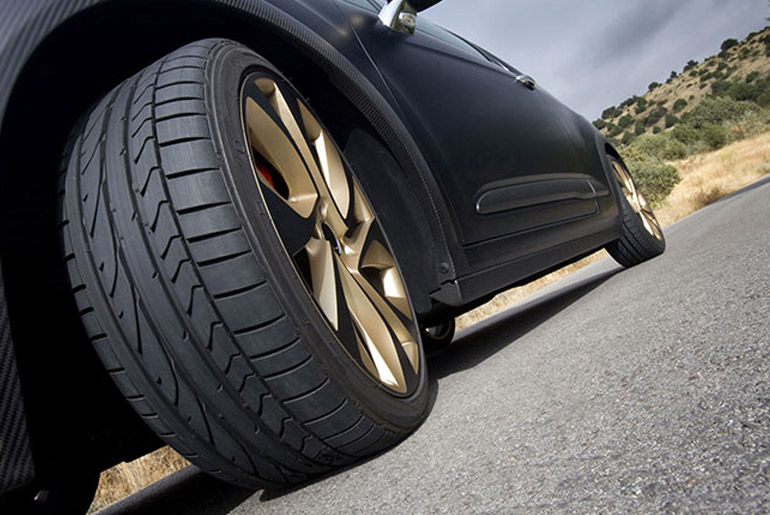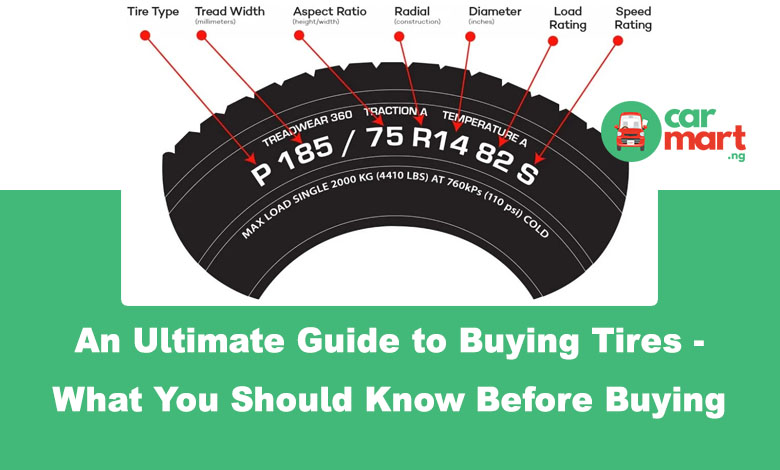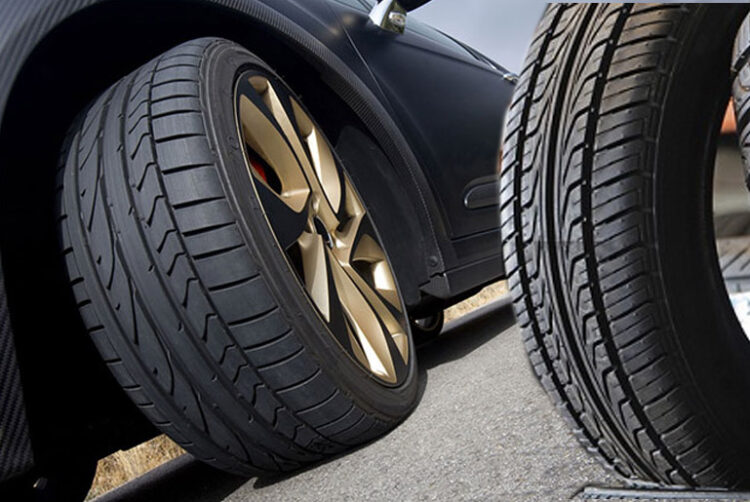Although it’s easy to overlook the four patches of rubber that make up your tires, regularly checking your air pressure can help improve your vehicle’s fuel economy and handling. Since most tire wear and damage are caused by improper air pressure, experts recommend that you regularly check your tires. Aside from preventing a flat tire, maintaining proper tire pressure can also help improve the longevity of your vehicle.
Table of Contents
Proper tire pressure is important to ensure that your vehicle can handle various types of activities, such as emergency driving and everyday driving. Having the right air pressure can help prevent your tires from developing excessive wear and reduce the handling of your vehicle.
Have 1 million naira and above to Buy or Sell Cars In Nigeria?Check carlots.ng RIght Now RIght Now
Under-inflated tires can cause rolling resistance and increase the amount of energy required to move the vehicle, which can negatively affect the fuel economy. The US Department of Energy noted that keeping tires properly inflated can improve the fuel economy by 3.3 per cent. Over-inflated tires can also lead to reduced handling performance because the rubber in the tire is less likely to be in contact with the road.

In addition to these, improper inflation can also lead to uneven or excessive wear, which can compromise the performance of your tires. This issue can cause premature tire wear and require you to replace them at an earlier age. Accidents can also be caused by tires with uneven or excessive tread wear.
Signs of tire problems
Although a tire gauge is not always necessary to check the inflation levels, it can still be used to identify if your vehicle’s tires are properly inflated. When driving on a straight, level road, you should also check to see if the vehicle pulls to either side of the road. This could be caused by an alignment issue, or it could be a sign that the tires are not properly inflated.
If the centre section of the tire’s rubber is smooth, then it’s possible that your tires are over-inflated. If the edges or outer sections of the tire are round or worn, then it’s possible that your tires are under-inflated. Other signs of improper tire usage include squealing noises while turning a corner, and you should also check your tires for signs of wear.
How to check your tire pressure
A tire pressure gauge is an inexpensive item that can be found at various stores, such as auto parts stores and gas stations. You can also borrow one from the automotive section of a nearby store. Before you start using the gauge, make sure that the owner’s manual has the recommended air pressure.
The gauge’s number is expressed in psi, which is equivalent to pounds per square inch. The manufacturer will typically tell you the correct pressure for your vehicle’s combination of tires. It can also provide you with a temperature range for tires that are warm, or a cold pressure for those that are just a few miles away.
Depending on the type of vehicle and the number of passengers, there may be tire pressure recommendations that are based on the passenger’s number or the vehicle’s towing capacity. The sidewall of a tire’s cap contains the maximum pressure, which is not the appropriate level for the vehicle. To check the air pressure, remove the cap from the valve stem and place the gauge over it.
Before you start using the gauge, make sure that the seal is good. Doing so will help prevent the reading from being inaccurate. To check the tire pressure, take a look at the numbers on the bottom of the gauge. Repeat this procedure if you’re not sure that the number is accurate.

If the tire pressures are not equalized properly, it’s important that you add or remove air from all four tires. Doing so will allow you to achieve the ideal tire pressure. You can use an air compressor at a gas station, and it usually costs around a quarter or two. To remove air, push the non-rounded end of the gauge into the valve stem. As the escaping air makes a hissing sound, the valve is depressed.
Perform a simple tire inspection
Besides checking your air pressure, you should also inspect the condition of your tires. One of the most common signs of tire wear is a crack in the sidewall. A simple test to check the depth of the tire’s rubber is to take a penny and twist it around the circumference of the tire’s rim.
If your car’s part of Abe’s head is obscured by the rubber, you have the legal amount of remaining rubber on your tires. Before you buy new tires, make sure that the depth of the tires is not uneven.
Have 1 million naira and above to Buy or Sell Cars In Nigeria? Check carlots.ng
All rights reserved. Reproduction, publication, broadcasting, rewriting, or redistribution of this material and other digital content on carmart.ng is strictly prohibited without prior express written permission from Carmart Nigeria - Contact: support@carmart.ng


